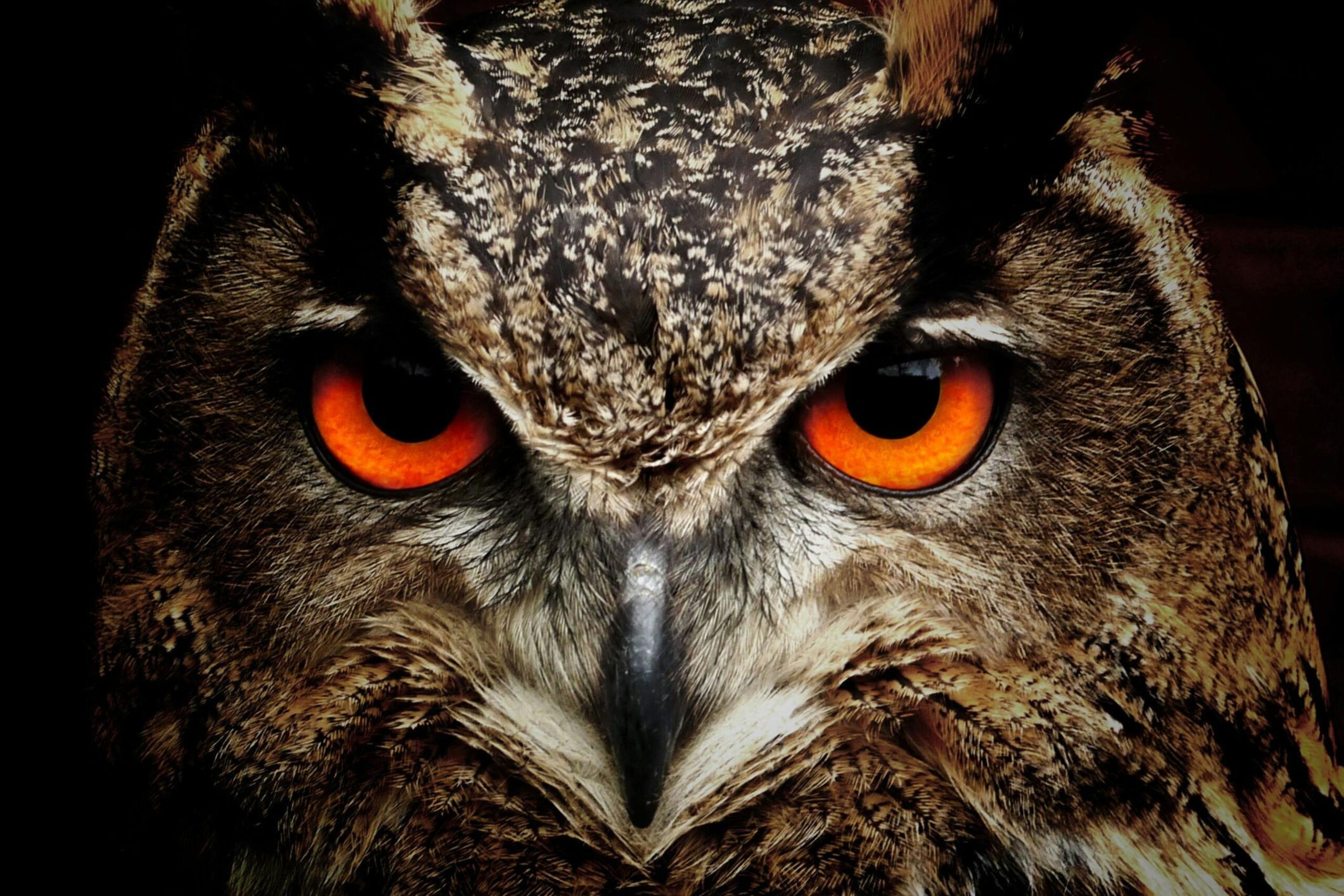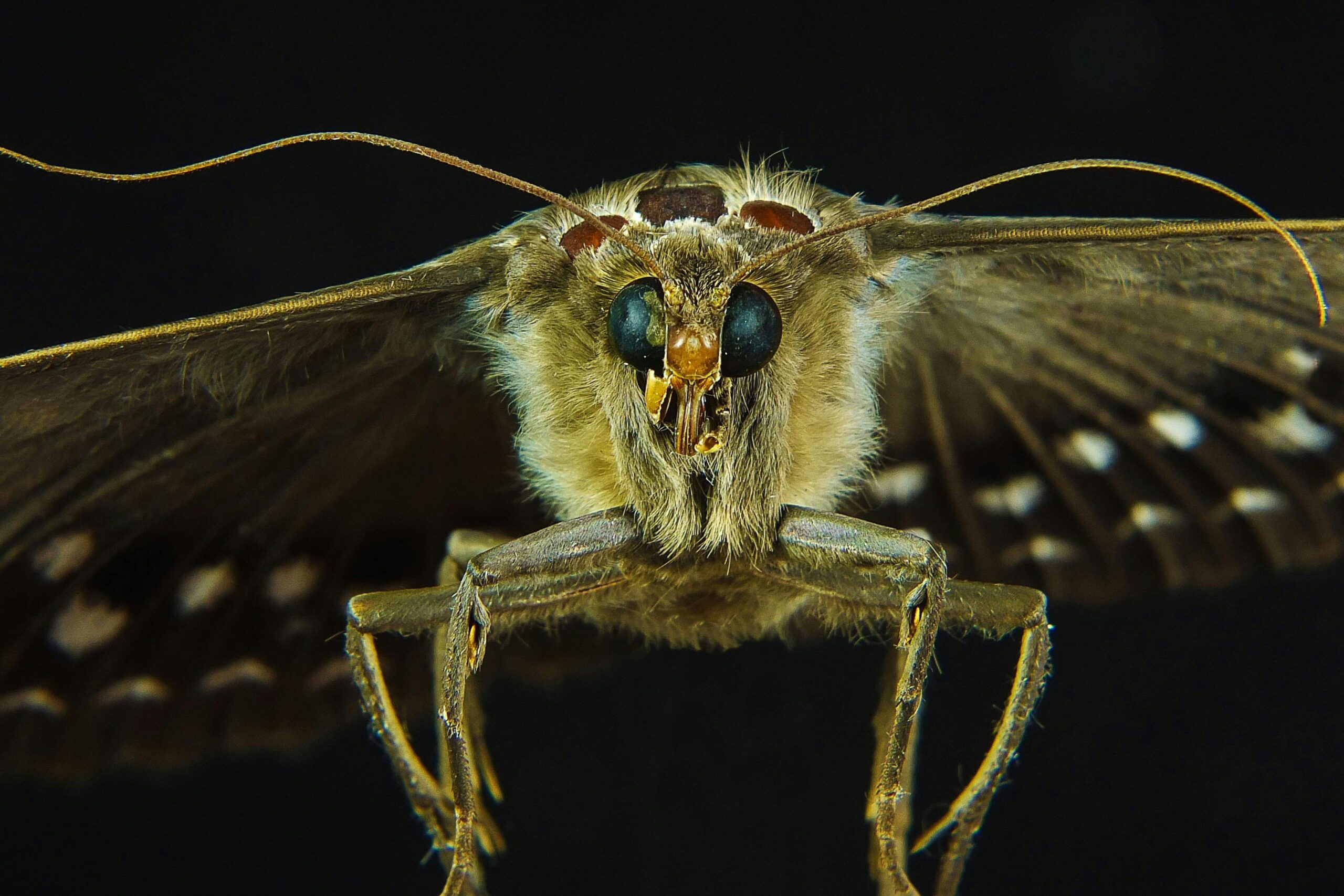IMPACTS ON ECOSYSTEMS
Light pollution has a significant impact on ecosystems, disrupting the natural rhythms that many species depend on for survival. In particular, it interferes with the behavior of nocturnal animals, confusing their navigation and altering feeding, mating, and migration patterns. Plants can suffer too; prolonged exposure to light can disrupt their growth and seasonal cycles, such as flowering. Over time, these disruptions can lead to ecosystem fragmentation and a decline in biodiversity. As our environments become more illuminated, maintaining the natural dark-night cycle becomes essential not just for wildlife, but for human health as well.


Animals
Light pollution disrupts the lives of many animals. Nocturnal species rely on darkness for activities such as hunting, foraging, navigating, and mating. Artificial lighting can disorient migratory birds that use the stars to navigate, often leading to collisions with illuminated buildings. Sea turtle hatchlings, which instinctively move towards the moonlit horizon to reach the ocean, can be misled by streetlights and urban glow. Insects are also drawn to artificial lights, leading to high mortality rates and a reduction in pollination, which in turn affects other species that rely on these insects for food. These disturbances have a ripple effect through food webs, altering predator-prey relationships and threatening the balance of entire ecosystems.
Plants
While often less evident than animal responses, plants too are very affected by artificial light. Many plant processes – such as flowering, leaf shedding, and growth cycles – are regulated by natural light patterns. Prolonged exposure to artificial light can interfere with these cycles, causing some plants to bloom too early or not at all. In urban areas, trees exposed to street lighting may delay shedding leaves or begin budding earlier in the season, thus becoming more vulnerable to frost damage. These disruptions not only affect individual plant health, but also impact the animals and insects that depend on those plants for food, shelter, or pollination, contributing in this way to broader ecological imbalances.


Human Health
Humans, as part of the ecosystem, are not immune to the consequences of light pollution. Artificial lighting at night interferes with the body’s natural circadian rhythm, which regulates sleep and hormone production. Disrupted sleep can lead to a range of health issues, including insomnia, depression, cardiovascular problems, and a weakened immune function. Moreover, long-term exposure to artificial light at night has been linked to an increased risk of certain cancers, such as breast and prostate cancer, due to the suppression of melatonin, a hormone that protects against tumour growth. Beyond physical health, excessive night lighting can affect mental well-being, increasing stress and reducing overall quality of life.
This repository is managed by INAF as part of the Interreg Central Europe project DARKERSKY4CE, co-funded by the European Union. The views and opinions expressed herein are those of the authors and do not necessarily reflect those of the European Commission. Whilst INAF takes every precaution to ensure that the content is accurate, INAF cannot guarantee that all information or data on the website is correct. Therefore, INAF accepts no responsibility or liability whatsoever with regard to the information or data on the website or for any use which may be made of it.
